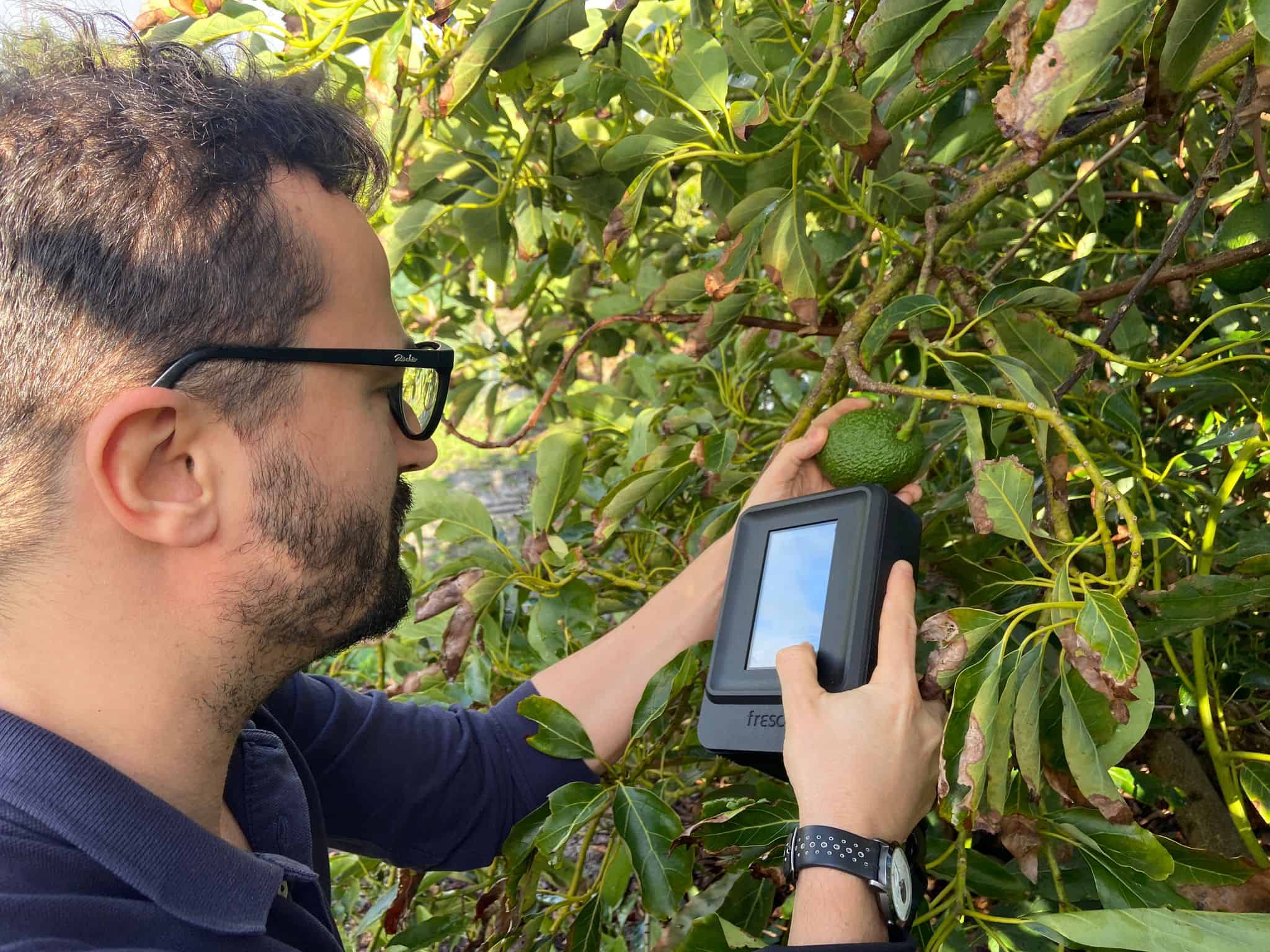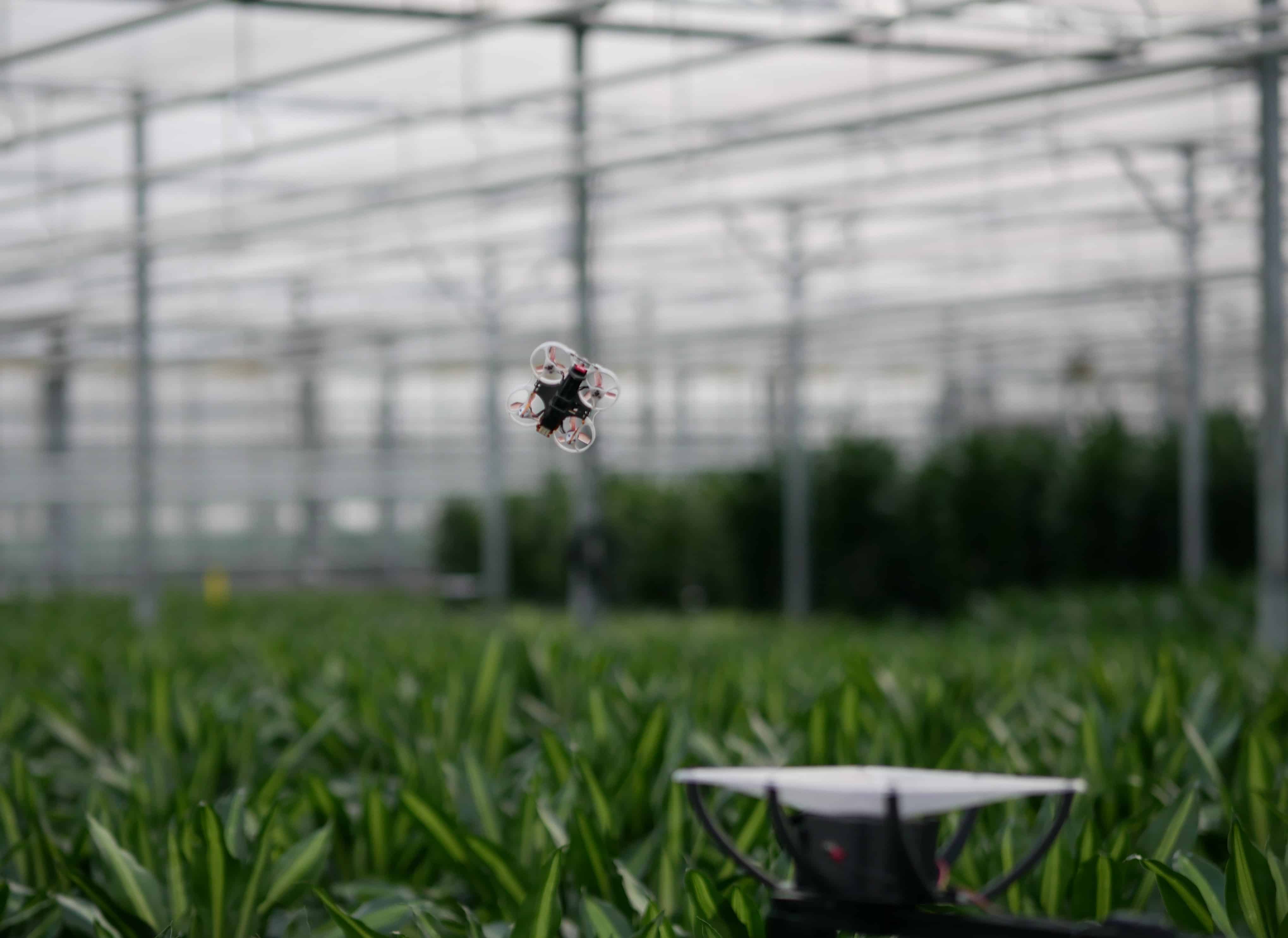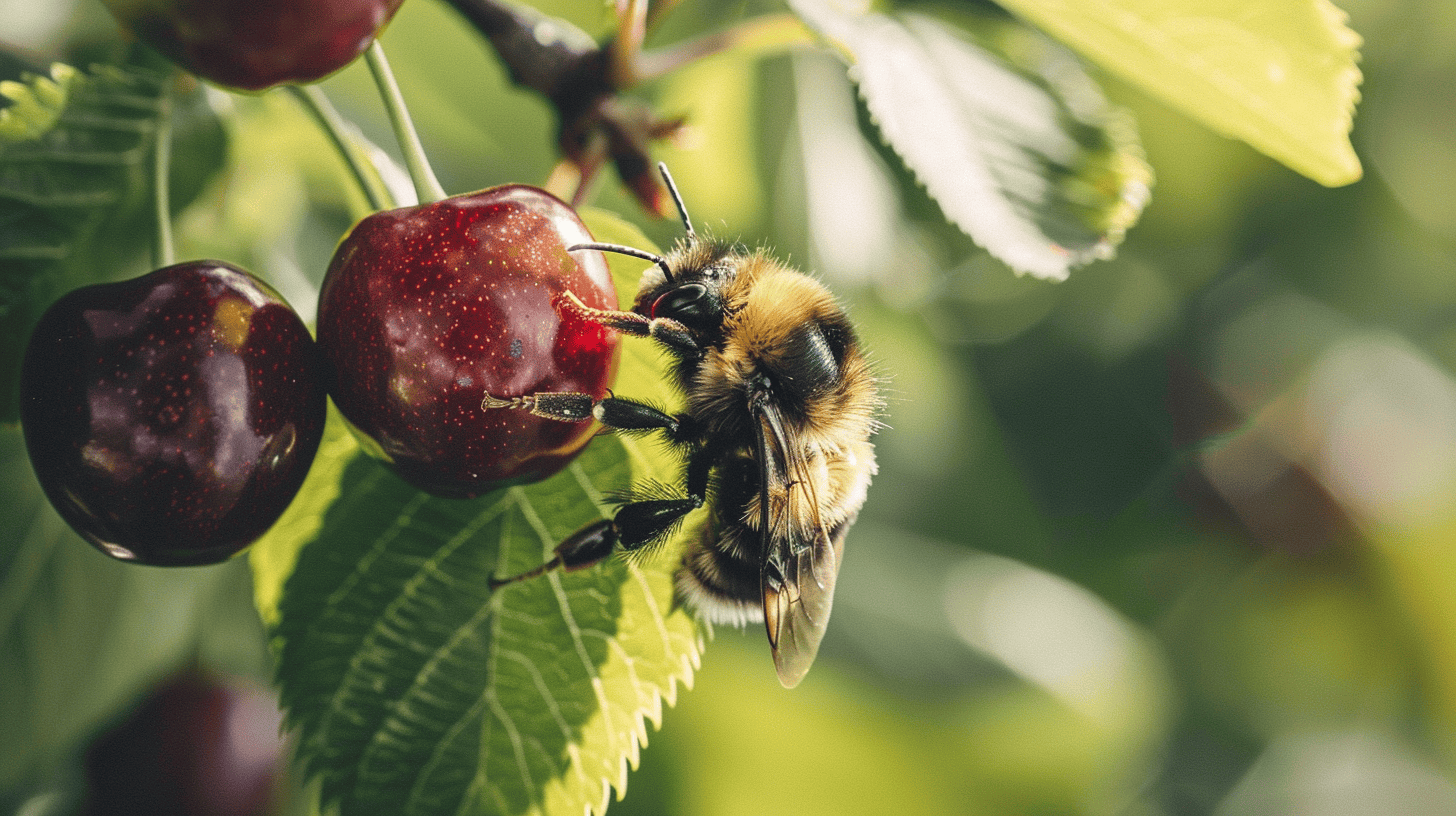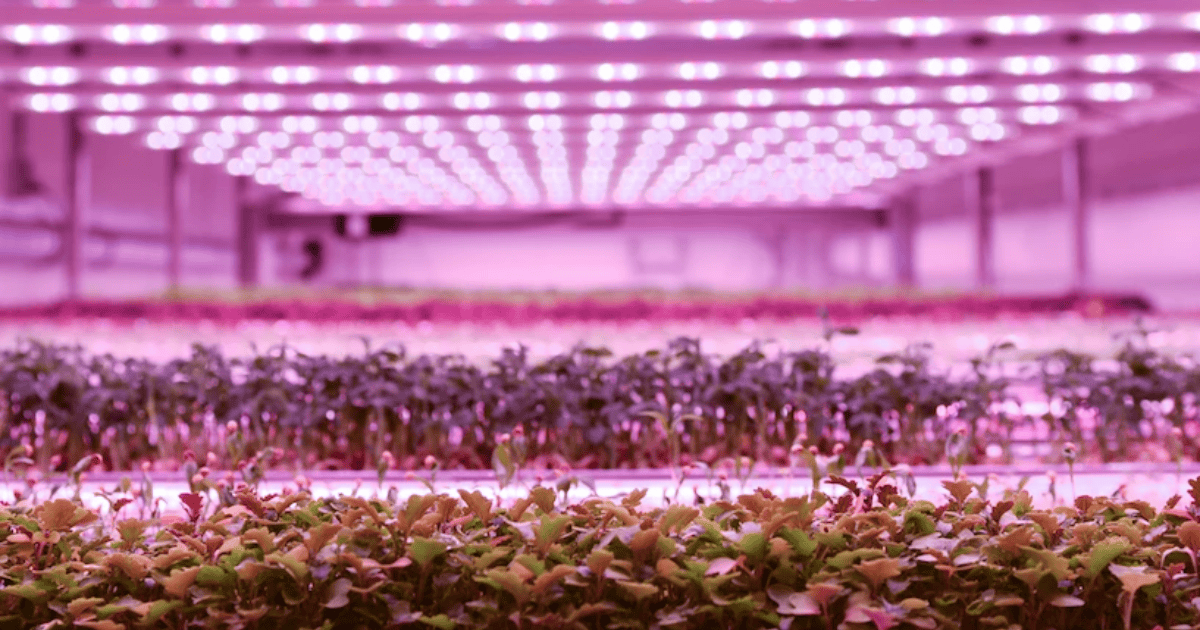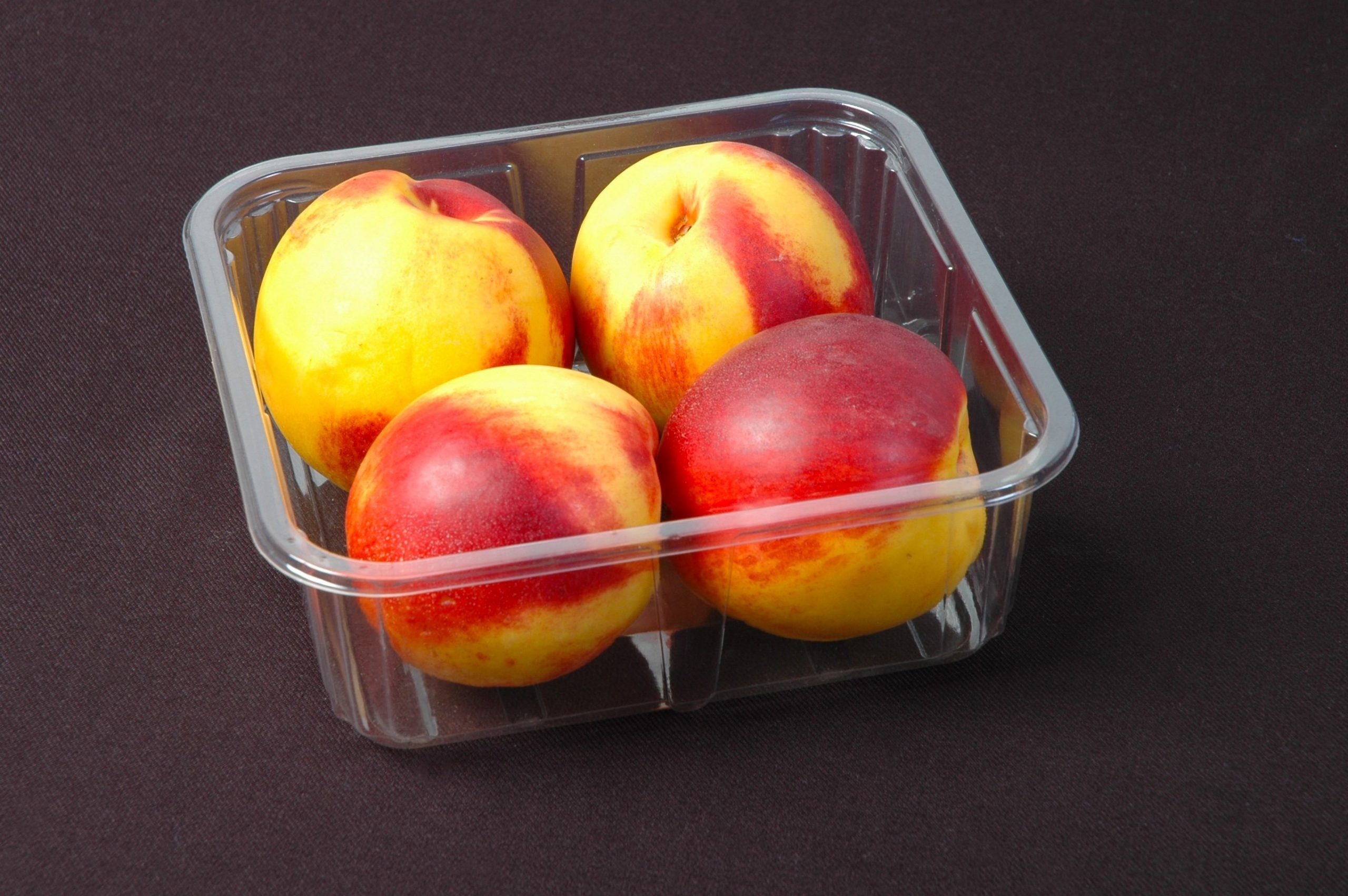
Researchers at the Dutch Wageningen University & Research (WUR) have developed an app that allows fruit growers, cold-storage facilities, and wholesalers to keep apples and pears fresh for longer.
A lot of apples and pears are stored for a long time under climate-controlled conditions in cold-storage facilities and wholesalers’ warehouses before they eventually reach the consumer. The best storage condition depends on, among other things, the variety of the product, picking period, and the storage facility.
Using the Storage Advice Tool makes it possible to regulate storage conditions based on these details, coupled with the knowledge and models of Wageningen University & Research.
Based on a number of data, the user will receive advice by email within a few minutes. Click here for an example (in Dutch).
The tool provides advice on the storage conditions (temperature, CO2, O2, and use of anti-ethylene (1-MCP)) in site-specific situations (variety, mutant, harvest, type of storage facility, and climate zone) to support the available information. After filling in various data, the user will receive a recommendation by email within a few minutes. Any additional questions about the storage of unripened fruit can be put to a WUR expert.
Preserving quality after harvest
According to the Wageningen Food & Biobased Research at the WUR, there is still plenty to innovate within the entire fresh fruit chain. “From online ‘personalized’ fruit packages to advanced refrigeration equipment,” the WUR cites as an example in its press release. “Preserving the quality of produce after the harvest is crucial for success in this respect,” says the WUR.
Wageningen Food & Biobased Research has come up with a comprehensive program under the name ‘Preserving quality after harvest.’
“The world population is increasing. Cities are expanding in size too. Plus, due to climate change, production areas are disappearing in some places while new ones are emerging elsewhere,” the researchers go on to explain. “Guaranteeing food security calls for a firm grip on quality in the chain. As well as developing the necessary know-how, insights, and technological applications that make this possible.”
Utilizing biological variation
The philosophy underlying this research program is to make the most of the natural biological variation in fresh produce. “One pear is juicy, the other has a firm bite. Why should you strive for uniformity when there are so many consumers in the world, each with their own personal wishes and preferences?”
As the researchers put it: “It is precisely these differences that lend themselves to strategic decisions about where and when produce is sold on the market. Take for example a batch of ready-to-eat avocados headed to a busy supermarket around the corner. While those with a longer shelf-life are meant for a quieter supermarket a bit further away. This kind of approach results in satisfied customers, and reduces both energy consumption and food wastage in the chain.”
Predicting quality
“We possess unique in-house knowledge and expertise when it comes to measuring post-harvest quality, storage, and transport. We advise suppliers and retailers on their questions about setting up and organizing sustainable food chains and systems. And we help them with the collection, analysis, and interpretation of their data.”
Also interesting: Sensors and image recognition check the freshness of vine tomatoes



